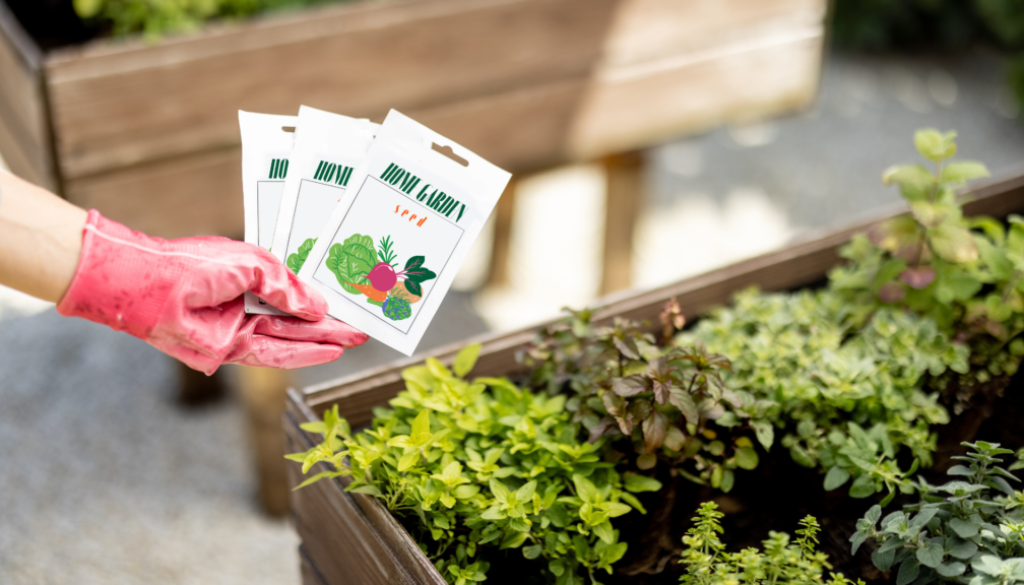The 12 Principles of Permaculture: useful systems-thinking tools
With the 3 permaculture ethics at their centre, permaculture design principles provide a framework for designing sustainable and regenerative systems that work with, rather than against, the natural environment. The 12 principles are based on the observation of natural systems and the understanding of how they function. They provide guidance on how to design systems that are efficient, productive, and resilient. The principles include observing and interacting, catching and storing energy, obtaining a yield, applying self-regulation and accepting feedback, using and valuing renewable resources and services, producing no waste, designing from patterns to details, integrating rather than segregating, using small and slow solutions, using and valuing diversity, using edges and valuing the marginal, and creatively using and responding to change. Each principle is interconnected and informs the others, creating a holistic approach to designing systems that promote sustainability and resilience. Permaculture design principles can be applied to a wide range of systems, from food production to housing, community development to business, and offer a framework for creating regenerative and sustainable solutions for the challenges we face today.
The next 12 topics will explore each of these principles through the lens of system dynamics.
System dynamics is an approach to understanding and modelling complex systems, which involves visualising and analysing the relationships between various components of a system over time. It is used to study dynamic systems that change and evolve, such as ecological systems, economic systems, and social systems: just like our homes in a permaculture project! System dynamics models use feedback loops, stocks, and flows to represent the behaviour of a system and to understand the implications of different scenarios and interventions. This approach involves building models that simulate the interactions and feedback loops between different parts of the system, which can help in identifying potential problems and finding solutions to improve the overall functioning of the system.
As we explore each permaculture principle, we will also dive deep into a tool that can help us to understand system dynamics and apply systems thinking to our permaculture projects. Just like the permaculture principles, these tools and frameworks are interconnected and applicable to any of the principles, not just the principle Tiyana uses it for.
Before diving in to each principle and system dynamics, here’s an introductory workshop to refresh your memory of the key components of a system, and how they relate to system dynamics.
